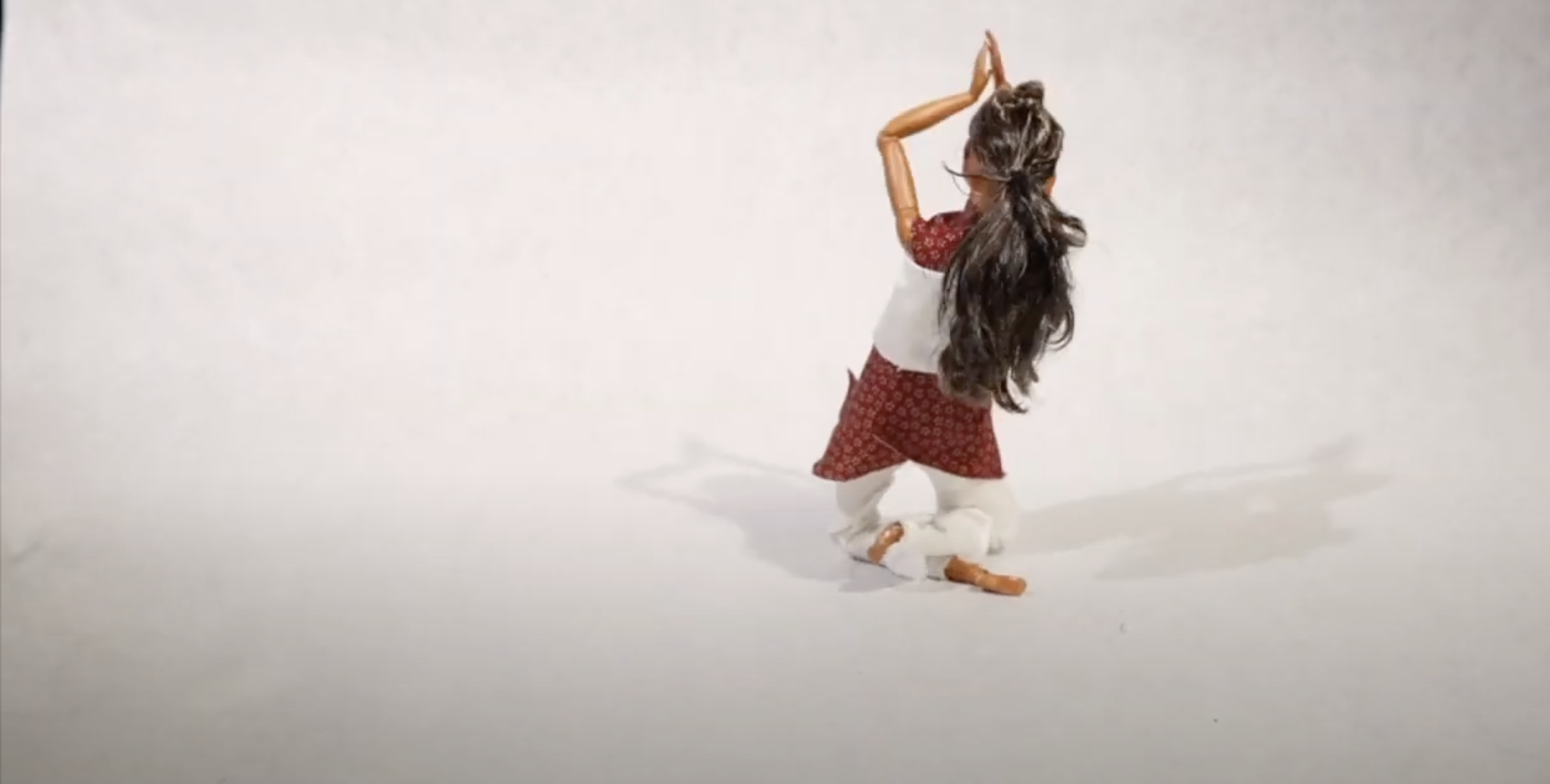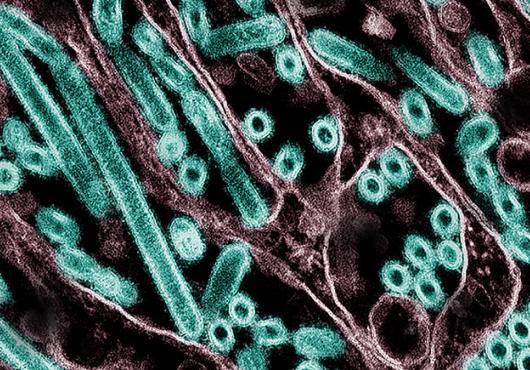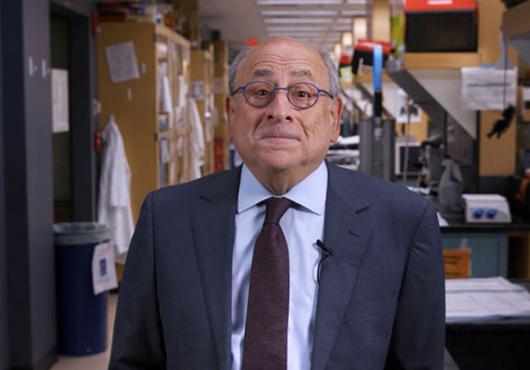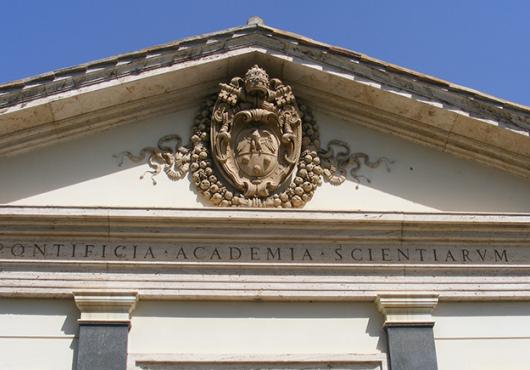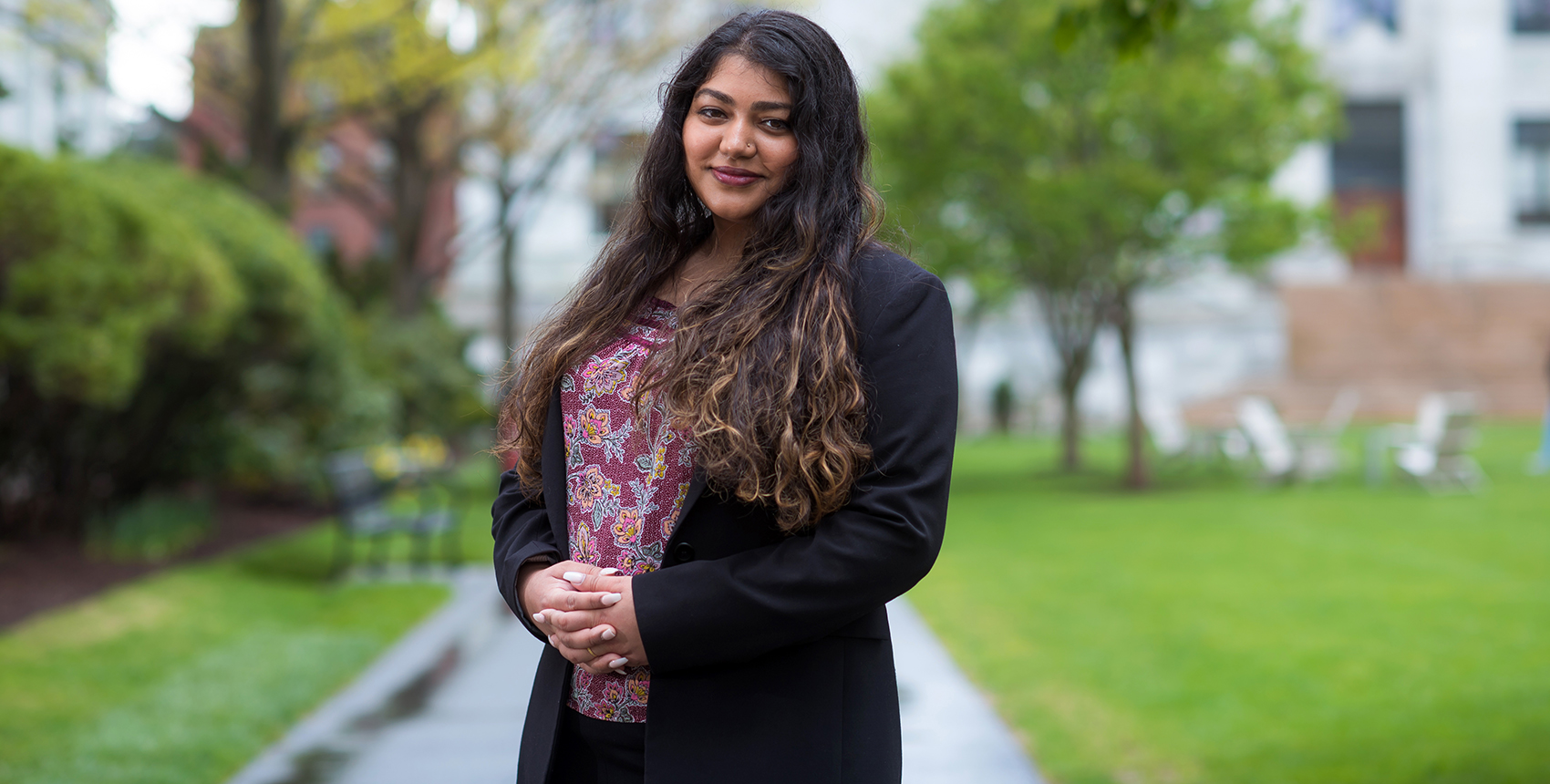
This is one in a series of profiles featuring Harvard Medical School's remarkable graduates.
The stories we tell, and the stories we hear, are like the threads of a tapestry. Made with care, the fabric can connect people from different places and different experiences, united by their shared humanity.
Stories also have the power to heal, according to Ramya Chunduri, a clinical social worker, writer, and dancer trained in classical Indian dance.
For Chunduri, who will receive her master’s degree in Media, Medicine, and Health from Harvard Medical School on May 25, all of the different forms of her work revolve around different forms of shared stories.
During second-year field placements for her degree in advanced clinical social work from Columbia University, Chunduri worked with children who were being treated for chronic diseases and terminal illnesses. She was taken aback at the number of families that were also experiencing domestic violence.
Chunduri, who was born in the U.S. and identifies as South Asian, found the level of domestic violence among members of her community especially startling.
Science. Medicine. Humanity.
Harvard Medicine magazine delivered to your inbox
